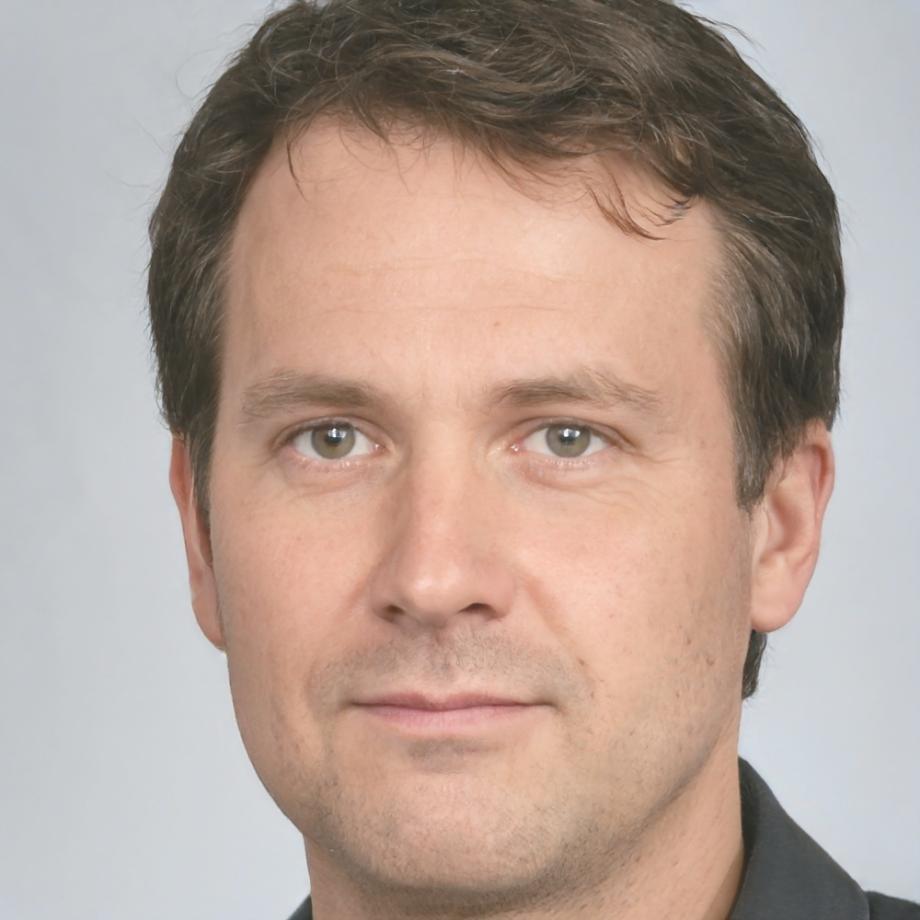Capture Australia's Wild Heart Through Your Lens
Master the art of wildlife photography with guidance from Australia's most experienced nature photographers. From kangaroo portraits to bird flight patterns, discover techniques that bring the outback to life.
Explore Our Programs
Find Your Photography Path
Whether you're picking up a camera for the first time or refining advanced techniques, our structured approach helps you develop skills at your own pace.
Foundation Level
Perfect for beginners exploring wildlife photography fundamentals in local environments.
- Camera basics and safety protocols
- Local bird and mammal identification
- Basic composition techniques
- Ethics of wildlife interaction
- Simple editing workflows
Field Specialist
Advanced techniques for capturing challenging subjects in diverse Australian landscapes.
- Behavioral prediction methods
- Advanced lighting techniques
- Remote camera setups
- Seasonal migration tracking
- Conservation storytelling
Master Naturalist
Expert-level program focusing on rare species documentation and conservation photography.
- Endangered species protocols
- Research collaboration methods
- Publication quality standards
- Grant writing for projects
- Mentoring emerging photographers
Your Development Journey
Experience progressive skill building through hands-on field work and structured learning milestones.
Months 1-3: Technical Foundation
Master camera controls while learning about Australian wildlife behavior patterns. Start with common species in accessible locations, building confidence with both equipment and animal interaction ethics.
Months 4-8: Field Expertise
Develop specialized techniques for different habitats - from coastal wetlands to desert environments. Learn to read weather patterns, animal tracks, and seasonal changes that impact photography opportunities.
Months 9-12: Conservation Focus
Connect your photography skills with conservation efforts. Collaborate with wildlife organizations, document habitat changes, and create compelling visual narratives that support environmental protection.
Year 2+: Professional Development
Refine your unique artistic voice while contributing to scientific research and public education. Many graduates work with national parks, environmental groups, or develop independent conservation projects.
Common Questions
Straight answers about our programs, expectations, and what makes wildlife photography different from other creative pursuits.
Learn From Field Experts
Our instructors combine decades of fieldwork experience with deep understanding of Australian ecosystems and wildlife behavior.

Marcus Thornfield
Senior Wildlife Instructor
Twenty-three years documenting Australia's endangered species, with extensive fieldwork in remote desert and tropical environments. Marcus specializes in behavioral photography and has contributed to numerous conservation research projects across Western and Northern Australia.

Darren Kestridge
Conservation Photography Lead
Former park ranger turned photographer, Darren brings unique insights into animal behavior and habitat conservation. His work focuses on coastal ecosystems and wetland species, with particular expertise in bird migration patterns and marine mammal documentation.
Ready to Explore Australian Wildlife?
Join our next program starting September 2025. Connect with like-minded photographers and discover the remarkable diversity in your own backyard.